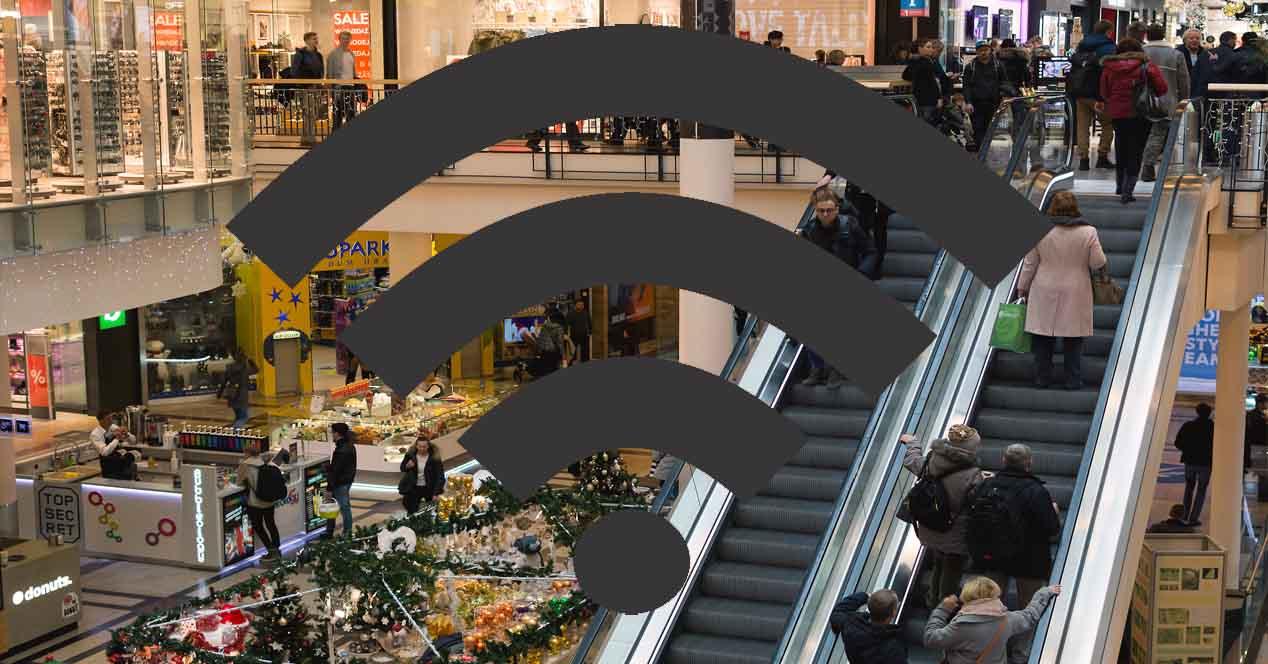Having a good internet connection is important and is something we always try to achieve. But sometimes we make mistakes that we think help us. It is normal to think that if we connect to the Wi-Fi network with more coverage, the connection will be better and we will have greater speed. However, it’s not always like that. For this reason, in this article we are going to explain why it is not always good to connect to the network that has the strongest signal and what you should take into account.
Why Wi-Fi with more coverage is not always better
You should keep in mind that you are not always connected to the Wi-Fi router directly, but you may be using a repeater. Here we can also name PLC devices or Mesh systems, for example. Although they are useful for carrying the Internet connection from one place to another, they do not always work as we would like. That’s when the problems start.
Therefore, if you are connecting to a repeater even though it has maximum coverage, the connection may not work for you. This is so since the repeater could be very far from the access point, be very limited or have some configuration problem. In those cases you can have close to 100% signal, but notice that the speed is very slow or the network cuts constantly. Sometimes you even don’t have internet even though Wi-Fi is connected.
This can especially happen when you go online in a public place. For example, it can happen in a library, a shopping center or also in hotels. You will find several networks available, since there will be several repeaters that they place, and some will always have better coverage. However, it may be that when you connect to the one that has the strongest signal, the connection is worse than if you connect to another that has less coverage. This occurs because of what we have explained.

How to connect to the best Wi-Fi
So what should we do to always connect to the best Wi-Fi? Something you can always look at is the speed that comes to you. If you have several networks available, what you can do is connect one by one and perform a speed test. This will tell you not only the upload and download speed, but also the latency of the connection. It is a good indicator.
Another thing that you can take into account is simply whether the connection is stable or not. If you are connected to a network and you notice that it is constantly cutting out, try connecting to another available one even if it has less coverage. Maybe it works more stable and you don’t have the annoying micro cuts.
Also, it’s a good idea to test both the 2.4 GHz and 5 GHz bands. Each has its advantages and disadvantages, so using one or the other is not always going to be better. It will depend on the distance to the router, the channel you use and the saturation it has, etc. Therefore, you can switch between both bands and see which one works best for you.
In short, how you see connecting to a Wi-Fi network with maximum coverage does not always mean that it is the best. What you can do is test what speed is reaching you, see if the connection is stable, or switch between the two bands.













